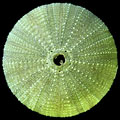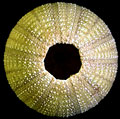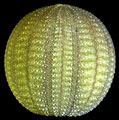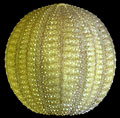The Echinoid Directory
Amblypneustes L. Agassiz, 1841, p. 7
| Diagnostic Features |
|
|---|---|
| Distribution | Recent; Australia. |
| Name gender | feminine |
| Type | Amblypneustes griseus Blainville, 1825, p. 81 [=Echinus ovum Lamarck, 1816, p. 48], by monotypy. |
| Species Included |
|
| Classification and/or Status | Euechinoidea; Camarodonta; Temnopleuroida; Temnopleuridae. |
| Remarks |
|




